The Manifold Trail
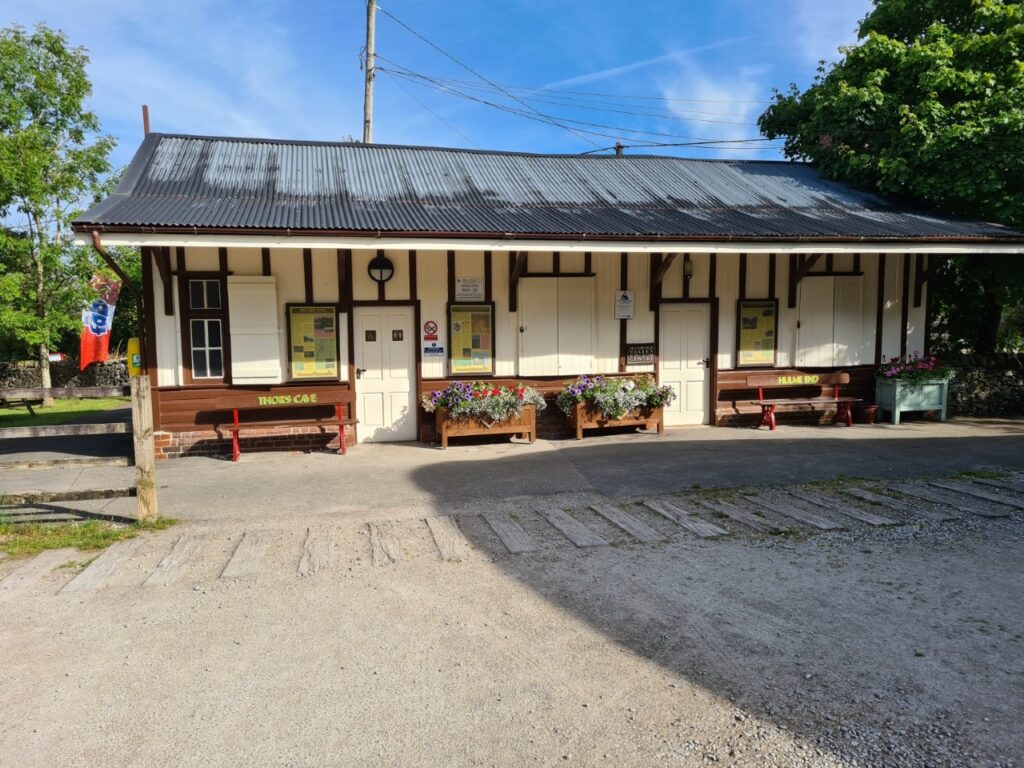
Overview
One of the most popular ways to explore the Manifold Valley is by following the Manifold Way – a 8-mile (13 km) trail that runs along the former route of The Leek and Manifold Valley Light Railway – a narrow-gauge railway operating from 1904 to 1934 – run by the North Staffordshire Railway Company
This well-maintained path suitable for both walkers and cyclists, offers a gentle gradient and stunning views of the surrounding countryside – as you traverse the trail, you’ll pass by several points of interest that make the Manifold Valley truly special.
The best starting point is Hulme End – with plenty of car parking – the visitors centre & the excellent Tea Junction Cafe.
Ecton Copper Mines
The Ecton Copper Mines have evidence of mining dating back to the Bronze Age – however, their peak came in the 18th century when they became one of Britain’s most productive copper mines under the ownership of the Dukes of Devonshire William Cavendish – the 5th Duke invested heavily in Ecton, and by the mid-1700s, it was renowned for its deep workings, with shafts reaching over 400 meters below ground – the copper was vital for industries such as brass production and shipbuilding, especially for sheathing ships’ hulls.
Ecton’s success generated substantial wealth for the Devonshire estate, funding projects like Chatsworth House – however, as ore quality declined, the mines became less profitable and were closed by 1891. Today, Ecton Hill is a site of historical interest 0with tours that explore its industrial heritage and geological significance.
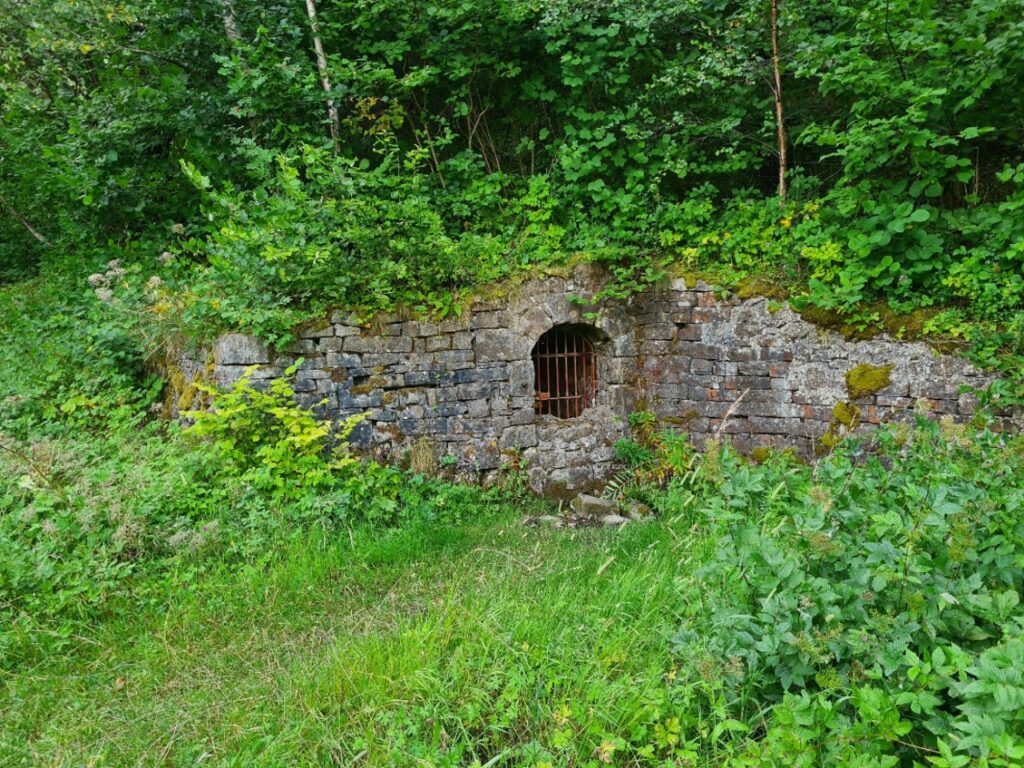
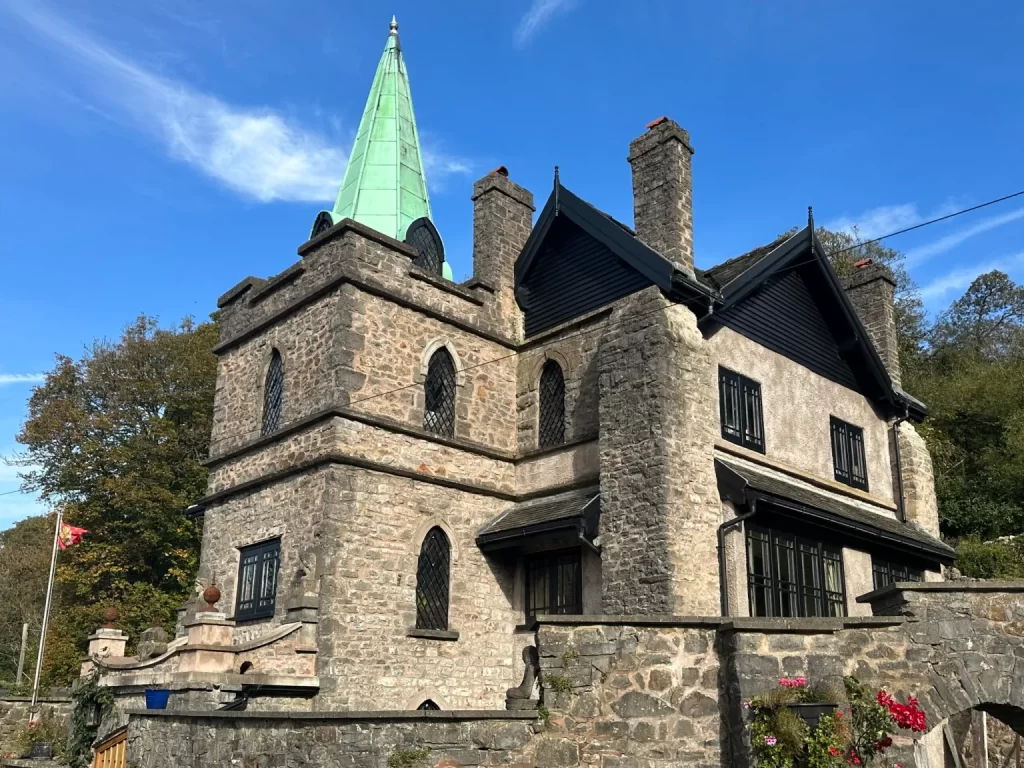
Ecton Castle
Ecton Castle is an 18th-century folly built by the 5th Duke of Devonshire, William Cavendish – it is not a true castle but a decorative structure designed to enhance the picturesque landscape of the Duke’s estate.
The castle was strategically perched on Ecton Hill, offering sweeping views of the Manifold Valley and surrounding countryside – it was used as a place for leisure, serving as an ornamental focal point on the estate rather than a residence or defensive building -it remains a popular focal point for hikers and history enthusiasts, standing as a reminder of the region’s mining heritage and aristocratic past – the steeple is coated in distinctive copper – offering a glowing green tint to The Manifold Valley.
Swainsley Tunnel
Swainsley Tunnel is a unique feature in the Manifold Valley – originally built in 1904 for the Leek and Manifold Valley Light Railway, the tunnel was constructed to avoid spoiling the view from the nearby Swainsley Hall – as insisted by Sir Thomas Wardle, a director of the railway.
This 150-meter-long single-track tunnel is notable for being one of the few tunnels in the Peak District – today, it serves as a shared route for cars, cyclists, and pedestrians, with pedestrian refuges built into its stonework walls.
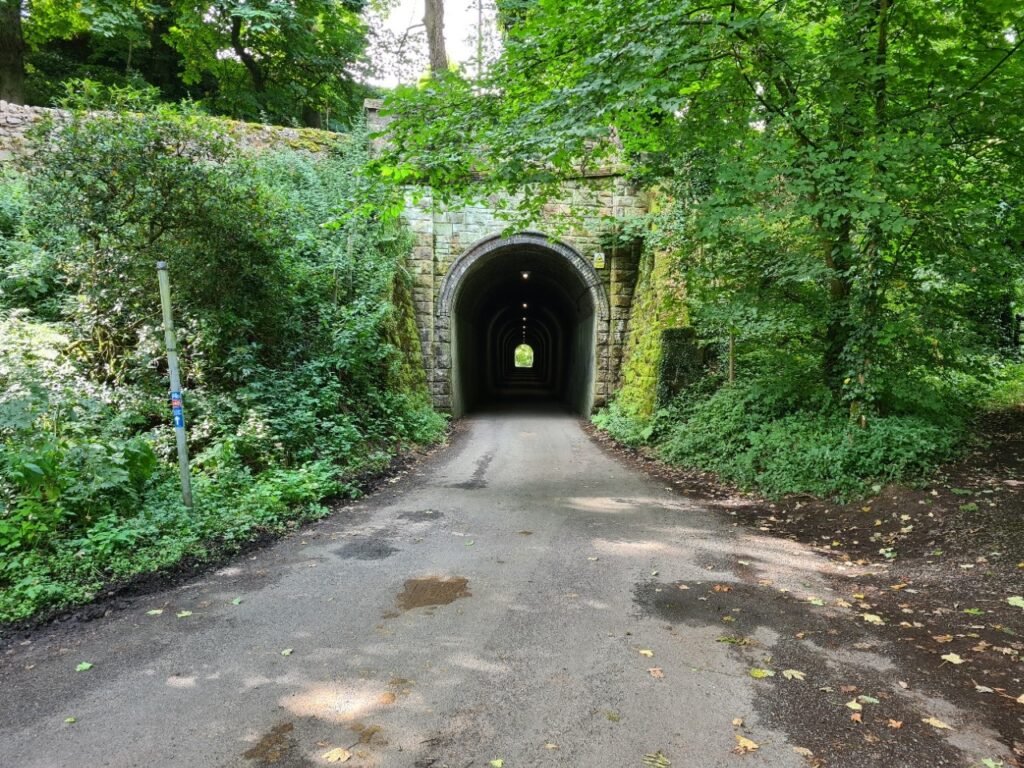
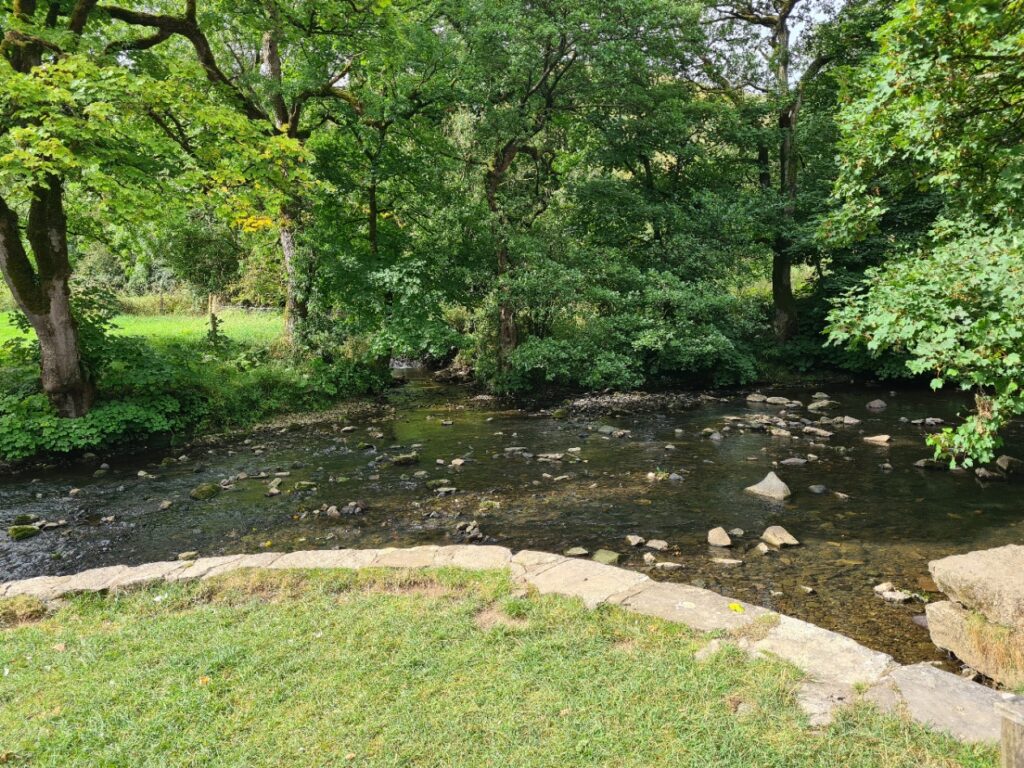
Wetton Mill
Wetton Mill has a history dating back to the early 19th century – originally built as a corn mill, it utilized the power of the River Manifold to grind grain for local farmers – the mill operated during a time when the valley was a hub of agricultural and industrial activity, with nearby lead and copper mining also thriving.
By the early 20th century, the mill ceased operations due to the decline in local agriculture and industrial changes – today Wetton Mill is owned by The National Trust who have restored the site and created popular visitor spot along the Manifold Way – the mill buildings now house a café – offering a glimpse into the area’s industrial past while serving as a peaceful stop for nature lovers and a perfect paddling spot.
Thor's Cave
Thor’s Cave is a natural limestone cavern perched 250 feet above above The Manifold Valley with a rich history dating back to prehistoric times – archaeological excavations in the 19th and 20th centuries revealed that the cave was inhabited as early as the Neolithic period – with artifacts such as flint tools and pottery found inside – remains from the Bronze Age and Iron Age, including human bones, suggest it was used for both habitation and burials.
In the Victorian era Thor’s Cave became a popular attraction for walkers and remains a favourite destination for hikers and climbers today – offering stunning views of the surrounding countryside – the legendary film “The Lair of the White Worm”– directed by Ken Russell -and based on the Bram Stoker novel featuring a young Hugh Grant – used Thor’s Cave as one of its key filming locations.
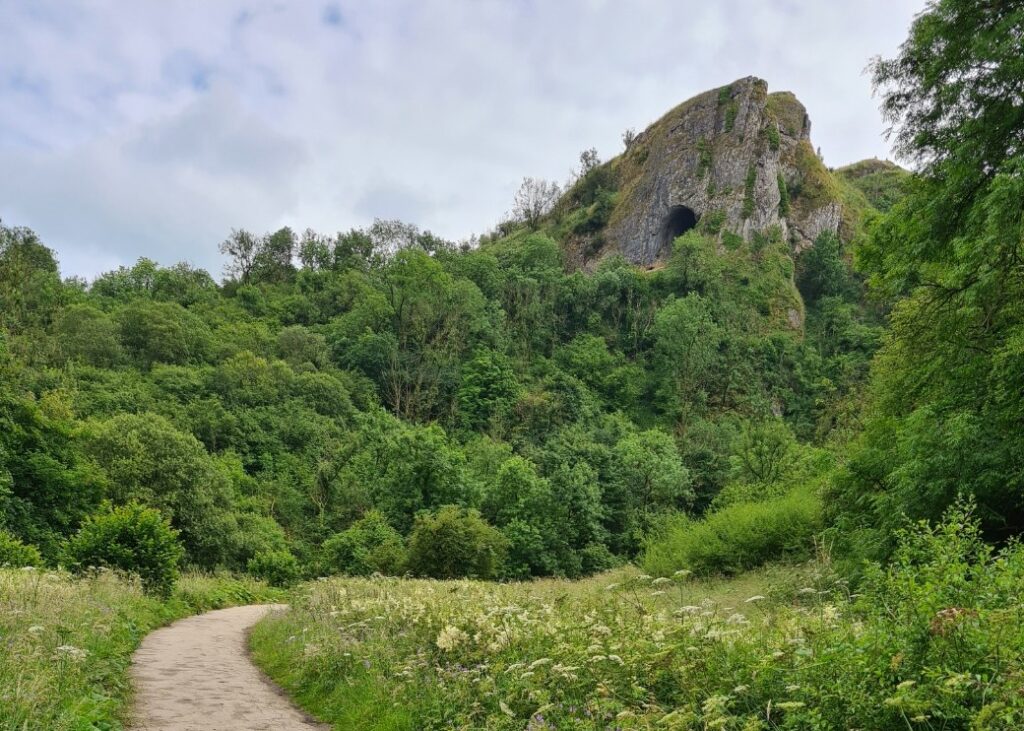
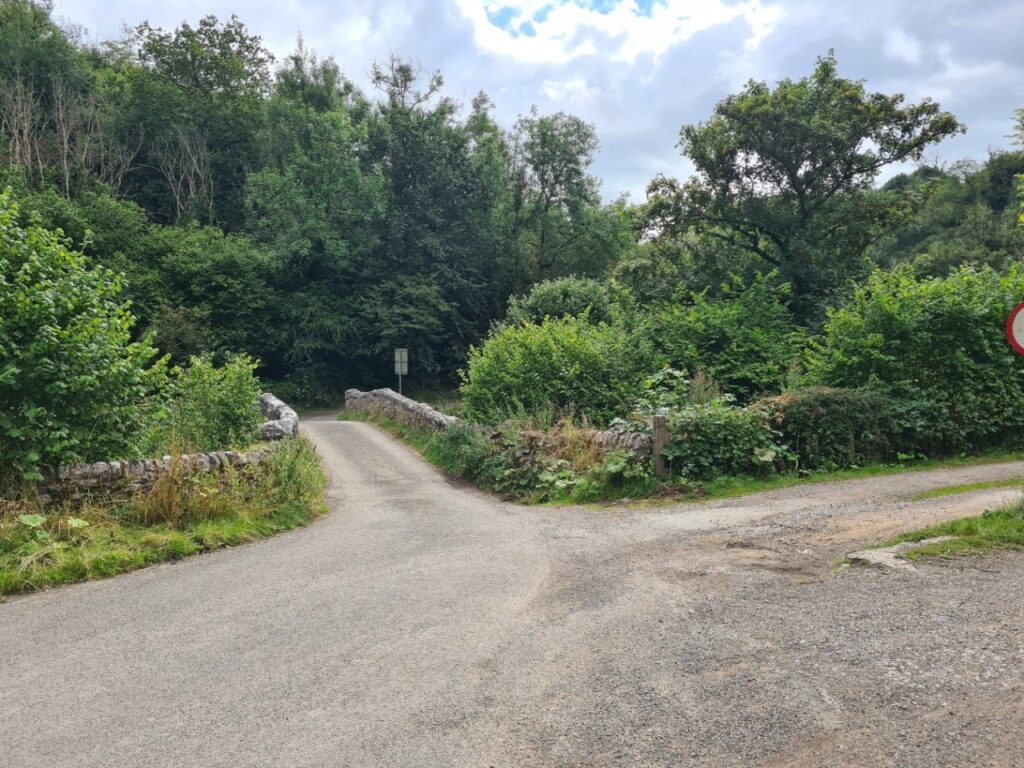
Weag's Bridge
Weag’s Bridge is linked to the packhorse routes that traversed the Peak District during the medieval and early modern periods – the bridge served as a crucial crossing point for packhorses transporting goods such as lead, copper, and agricultural produce from remote areas to larger markets of Leek Ashbourne and Cheadle.
These packhorse routes were essential for trade before the development of modern roads, as the rugged terrain made it difficult for carts and wagons to navigate. Weag’s Bridge, with its narrow stone arches, was specifically designed to accommodate the width of packhorses and their loads – the bridge stands as a reminder of the region’s rural economy and the role packhorse routes played in connecting isolated communities with the broader trade networks.
Beeston Tor
Beeston Tor is a limestone cliff – formed around 350 million years ago – overlooking the confluence of the River Hamps and River Manifold – it has a long history of human activity dating back to prehistoric times – in 1924 an Anglo-Saxon hoard was discovered in a cave at Beeston Tor – consisting of coins, jewellery and other artifacts from around 875 AD – the hoard’s proximity to a Viking army camp suggests it was hidden during that period.
In the early 20th century Beeston Tor had a small railway station on the Leek and Manifold Valley Light Railway, which operated from 1904 to 1934 – it remains a popular site for rock climbing and hiking today.
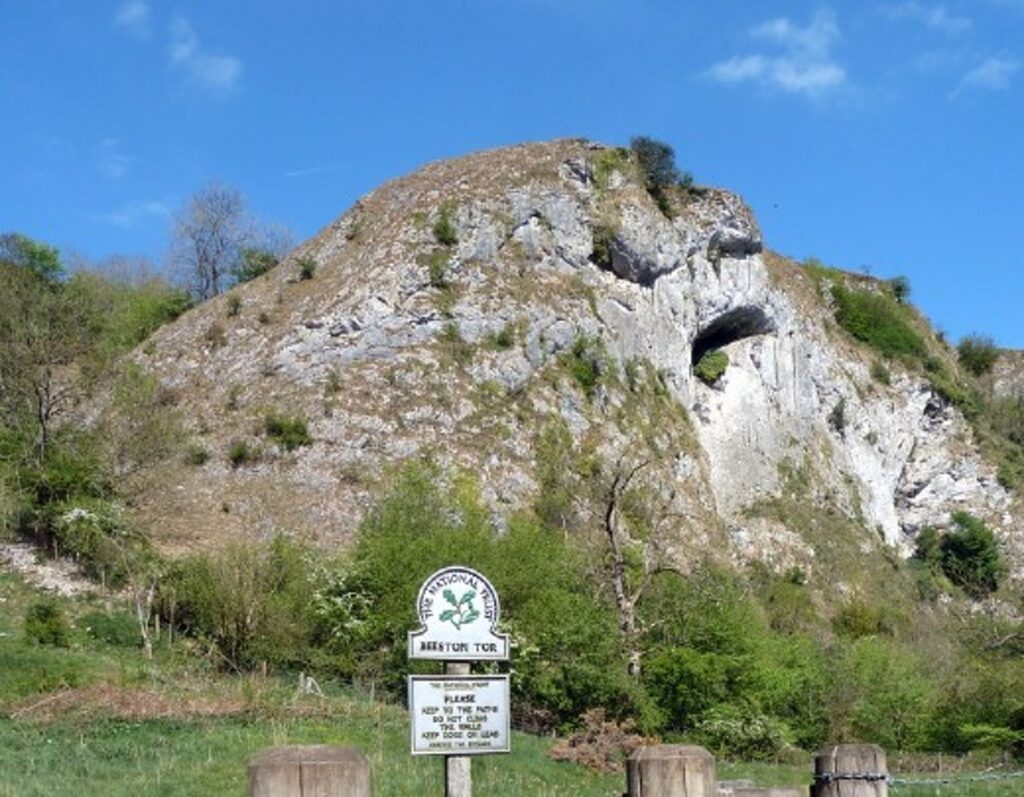
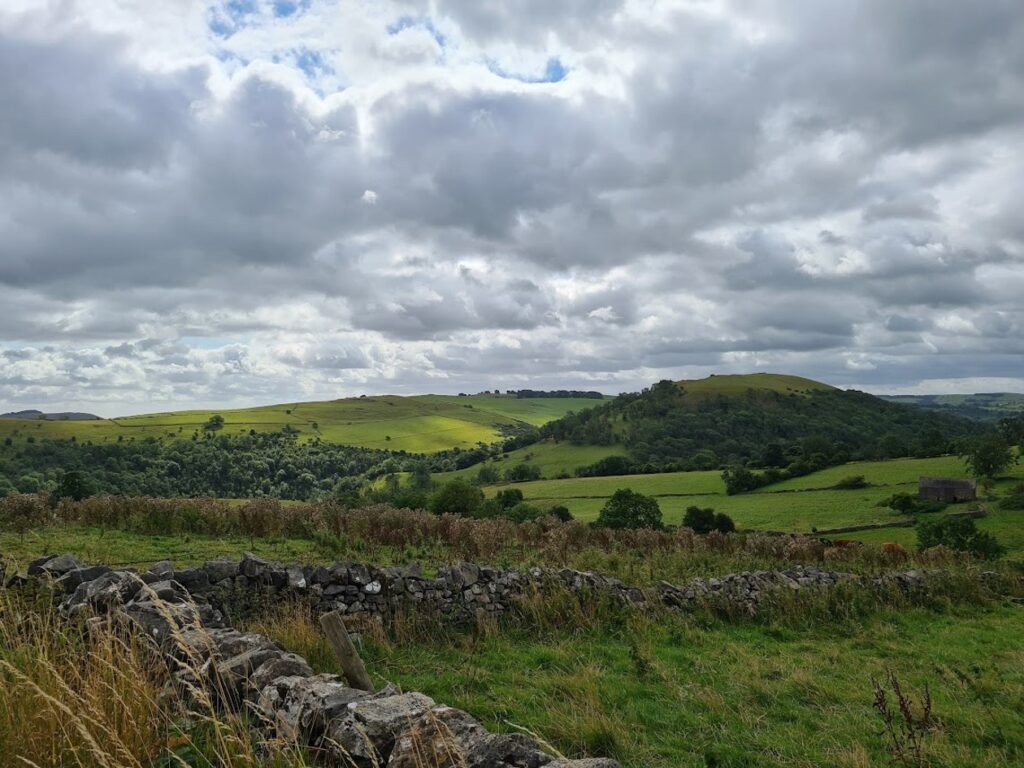
Waterhouses
The trail meanders on through some deep woodland before emerging at the village of Waterhouses – as it approaches Waterhouses, the trail continues to offer picturesque views of the White Peak landscape, characterized by limestone hills and woodlands.
The village of Waterhouses serves as a convenient endpoint, with facilities such as car parks and cycle hire available, making it an accessible location for visitors completing the trail
Parking – Car parks are available at both ends of the Manifold Way – Hulme End and Waterhouses. Facilities – Public toilets are available at Hulme End Visitor Centre & Wetton Mill.

